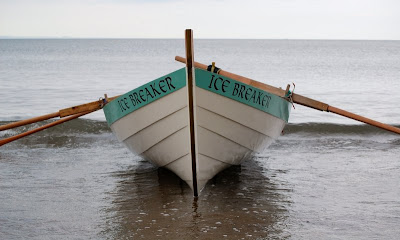Pipes and Drums all summer long (giveaway!)
Forgive my lack of posts lately, but it is about to be a long, festival-filled summer. Things are gearing up for The Royal Edinburgh Military Tattoo, which is celebrating its 60th Anniversary this year. The show starts in just one week and will run until 28 August.
I've got a bit of a heavy bias when it comes to the Tattoo, but then again, so do millions of other people around the globe who love this show.
To make up for my recent lack of posts, I would like to offer a free copy of this new DVD to one lucky reader.
To enter, please leave a comment below and tell me your favourite piece of pipe music. You can also enter by emailing me at scotland4thesenses@gmail.com and including "Pipes and Drums" in the subject line. The DVD will play in any country so this is an airmail friendly giveaway.
Deadline to enter is Tuesday, 3 August and I'll announce the winner 4 August.
Of course if you would like order the DVD and support this fantastic Scottish charity, you can do so here.
Thank you! Tartan loving squeezes for everyone.




















































